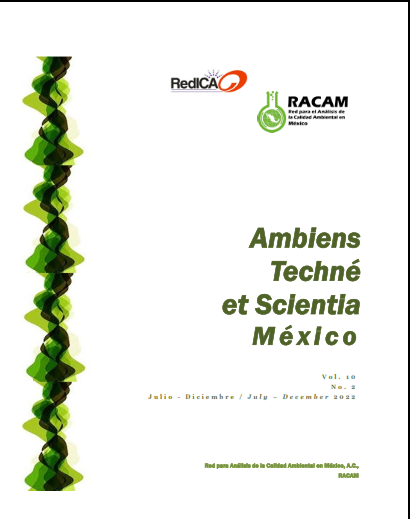Use of cadmium as a toxicity indicator metal in a cooperating mining company. Part 2. Development of cell culture from Phragmites australis xand the effect of cadmium on them
Keywords:
Selective flotation of minerals, disolved cadmium in water, undifferentiated cell mass plant tissue, callus, Phragmites australisAbstract
To highlight the presence of heavy metals as potentially toxic elements (PTEs) existing in the process water of a cooperating mining industry, the use of cadmium was proposed as an environmental indicator of toxicity, especially for hydrophytic plants that are in contact with a water process stream for cleaning it. In order to evaluate the toxic effect of cadmium on a reed (Phragmites australis), it was proposed to carry out an in vitro test exposing callus cells of the plant species under study to different concentrations of cadmium (0, 0.2, 0.4, 0.5, 0.6 mg /L found in the effluents of the cooperating mine). A protocol was implemented with a series of methodologies for the installation of reactors, tissue cutting, disinfection of ex-plants and composition of culture media to be tested simultaneously for the optimal and successive choice of the most favorable conditions for induction, development and assessment of callus growth. The establishment of cell cultures of Phragmites australis callus was achieved, with which the evaluation of the toxic effect was carried out. Findings indicate that cadmium did not affect the growth of the callus since it did not collapse at the different concentrations under study.
Downloads



